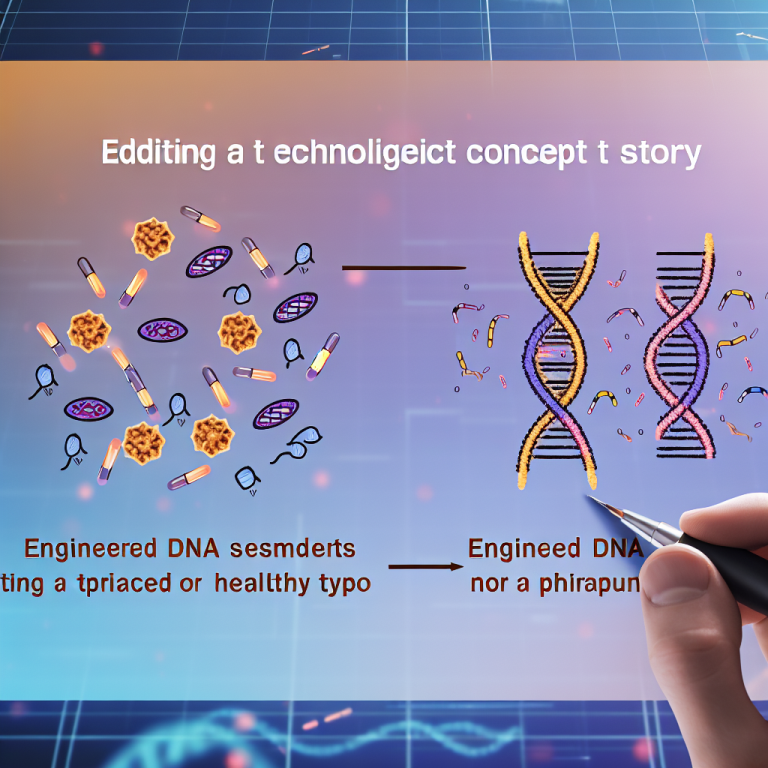RNA-editing therapies for genetic diseases have been making significant strides in the field of medicine, with two groundbreaking treatments recently gaining approval for clinical trials. This development has brought hope for safer and more effective treatments for patients suffering from genetic disorders.
RNA editing, a technique that has been in development for decades through basic research to manipulate this complex molecule, has now reached a crucial milestone. At least three therapies based on RNA editing have either entered clinical trials or received approval to do so. Proponents of RNA editing have long argued that it could be a safer and more flexible alternative to genome-editing techniques like CRISPR, which pose substantial technical challenges.
The launch of human trials for RNA editing therapies signals the growing maturity and acceptance of this field, according to scientists. RNA plays a crucial role in protein synthesis, as the genetic information encoded in DNA is transcribed into messenger RNA (mRNA) before being translated into proteins. RNA molecules are made up of building blocks called nucleotides, with each nucleotide containing one of four bases, or “letters.”
One approach to RNA editing, known as RNA exon editing, involves changing thousands of genetic letters in an RNA molecule at once, rather than making individual changes. This method is likened to editing a paragraph instead of correcting a single typo, as explained by researchers.
This technology is particularly important for disorders caused by multiple mutations within a person’s genome, as arrays of mutations are difficult to address with single-base changes. Exon editing targets the pre-mRNA that is transcribed from DNA and processed to create mRNA, which includes both exons (parts of the RNA transcript that contain instructions for making proteins) and introns (parts that do not contain instructions).
Companies like Ascidian Therapeutics in Boston, Massachusetts, are leveraging the RNA-splicing process to remove mutation-containing exons and replace them with healthy ones. Ascidian recently received approval from the US Food and Drug Administration for a clinical trial of their exon editor to treat Stargardt disease, a condition that causes vision loss due to mutations in a single gene.
Another company, Rznomics, based in Seongnam, South Korea, is testing an RNA editor to treat hepatocellular carcinoma, the most common type of liver cancer. Their approach involves mRNA splicing, using naturally occurring ribozymes to induce splicing in target regions of mRNA. This unique method involves delivering a therapeutic molecule into tumor cells that replaces an RNA sequence associated with tumor growth, ultimately leading to cell death.
With the potential for RNA-based therapies expanding beyond genetic diseases, these advancements in RNA editing hold promise for revolutionizing treatment options for a wide range of conditions. Researchers continue to explore the possibilities of this cutting-edge technology, with the hope of improving outcomes for patients worldwide.
Source: https://doi.org/10.1038/d41586-024-00275-6




